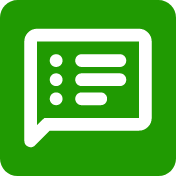Advanced Proficiency: Help students develop deep understanding of word relationships and categorization across languages. Guide them in creating sophisticated labels that capture subtle differences among related terms, such as distinguishing among observe, examine, and analyze. Support discussions about how words may group differently in students’ home language versus English, exploring why these differences exist. Encourage students to use precise academic language when explaining their grouping choices, while helping them build bridges between everyday and academic vocabulary in both languages.






